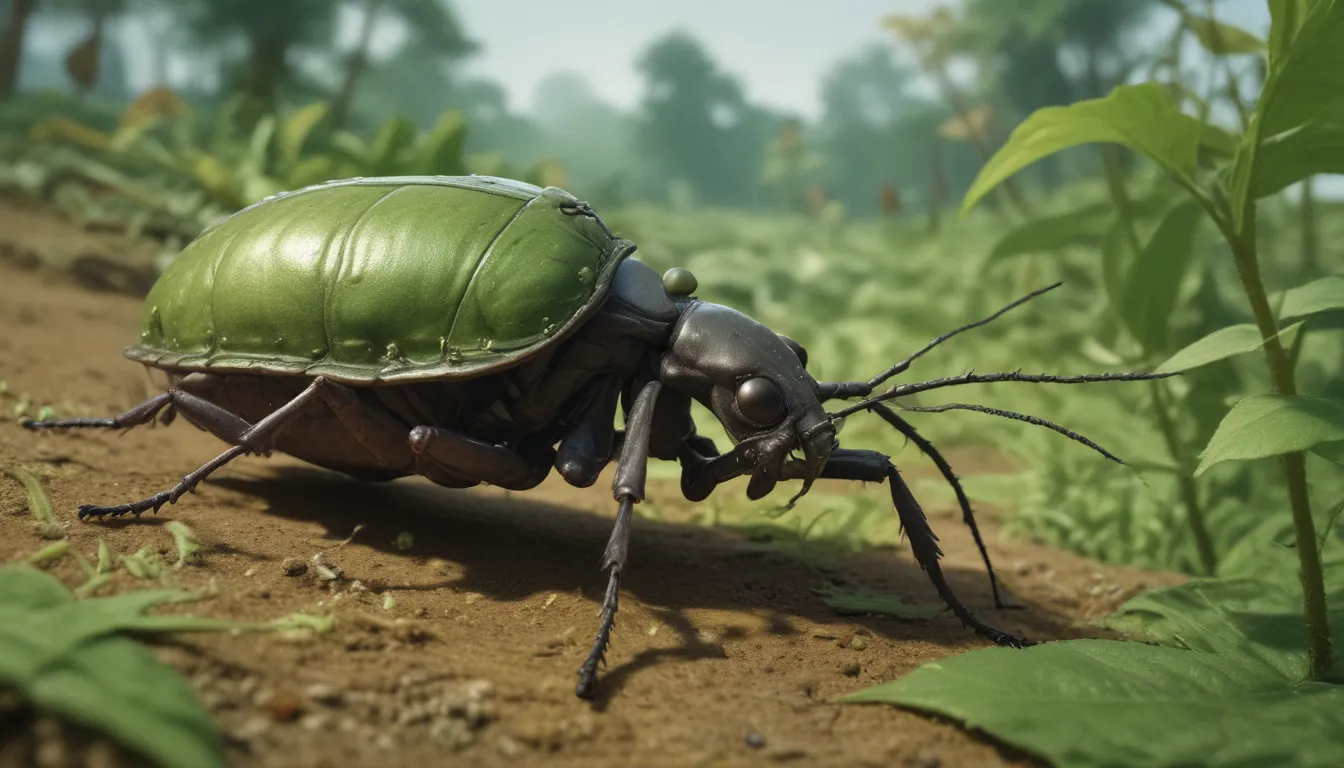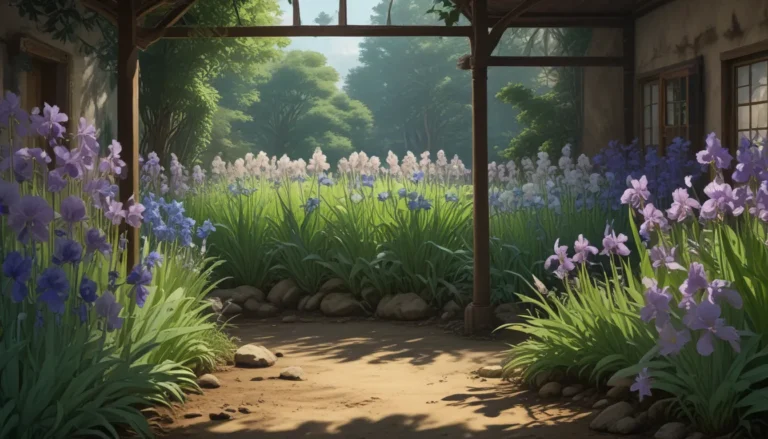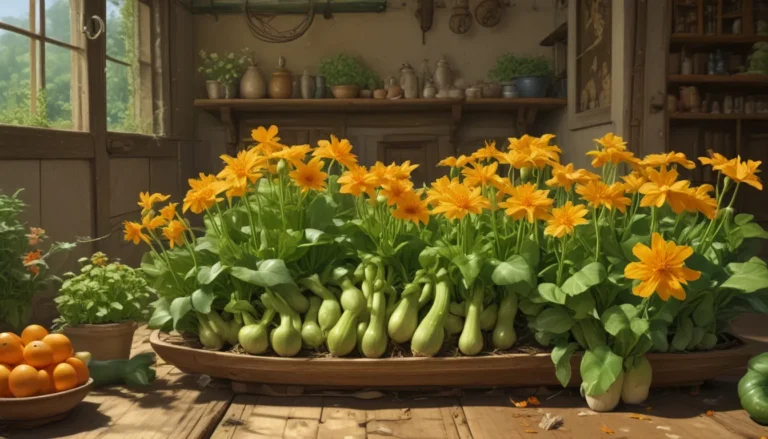How to Identify and Control Pea Weevils: A Comprehensive Guide

Pea weevils may not be true weevils, but they are definitely sneaky pests that can wreak havoc on your pea crop. From infesting the seeds within the pods to emerging after harvest, these tiny insects can cause significant damage. But fear not, we’re here to provide you with all the information you need to identify and control these pesky bugs.
Understanding Pea Weevils
Pea weevils, scientifically known as Bruchus pisorum, belong to the leaf beetle family. Despite their name, they lack the distinctive snout that true weevils possess. These pests are commonly referred to as pea seed beetles or pea beetles.
Originally introduced to North America from Europe in the 1600s, pea weevils can now be found wherever peas are cultivated. They exclusively feed on Pisum sativum, or field peas, and are known to attack plants in both home gardens and large commercial fields.
Identifying Pea Weevils
- Adults are typically five to seven millimeters long, with females slightly larger than males.
- They have a globular shape, long legs, and a short head.
- These beetles are soft gray or brown to black in color and have irregular white flecks on their wing covers.
- Larvae are legless, creamy white grubs with a brown head, and they can grow up to five millimeters long.
- Eggs are bright yellow, oval-shaped, and about one and a half millimeters long.
It’s important to note that pea weevils are not the same species as pea leaf weevils, which feed on the roots and leaves of legumes.
Biology and Life Cycle of Pea Weevils
Pea weevils have a single generation per year, taking 50 to 80 days to complete their life cycle. Adults emerge when temperatures reach 68°F and are attracted to pea flowers by their scent. They invade the crop for three to four weeks, feeding on pollen before mating and laying eggs on pea pods.
The eggs hatch in one to three weeks, and the larvae burrow into the pods, where they feed on developing seeds for four to eight weeks. After pupating for about two weeks inside the seeds, adult weevils emerge, chewing a distinctive round exit hole.
Monitoring and Control Methods
Monitoring
- Farmers often use sweep nets to monitor for adults during flowering.
- Home gardeners can check flowers for adult weevils as they are attracted to the scent.
Organic Control Methods
- Cultural control practices are highly effective, including:
- Use of insect-free seed and good garden hygiene.
- Field sanitation measures such as destroying crop residues.
- Early planting and harvesting.
- Trap cropping to attract weevils away from main crops.
- Biological control using Triaspis thoracicus, a parasitic wasp, is also employed in some regions.
Chemical Pesticide Control
- Pesticides are generally unnecessary for home gardens.
- Timing is key when using sprays, as larvae are protected inside pods.
- Border sprays can be effective for commercial growers.
- Malathion, carbaryl, pyrethroids, and organophosphates are potential pesticide options.
Additional Tips
- Crop rotation and trap cropping can help manage infestations.
- Storing harvested peas at low temperatures can kill hidden weevils.
The Weevil That Isn’t
While pea weevils can be a nuisance, cultural controls and a combination of strategies can effectively manage these pests. By starting early and implementing a variety of methods, you can protect your pea crop from these hidden invaders.
Have you ever encountered pea weevils in your garden? Share your experiences in the comments below!
For more tips on growing peas, check out these helpful guides:
- How to Plant and Grow Peas
- How to Plant and Grow Snow Peas
- 17 of the Best Shelling Pea Varieties to Grow in Your Garden
Don’t let pea weevils spoil your harvest – take proactive measures to keep your pea plants healthy and thriving. Happy gardening!





